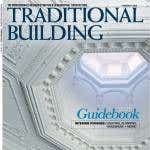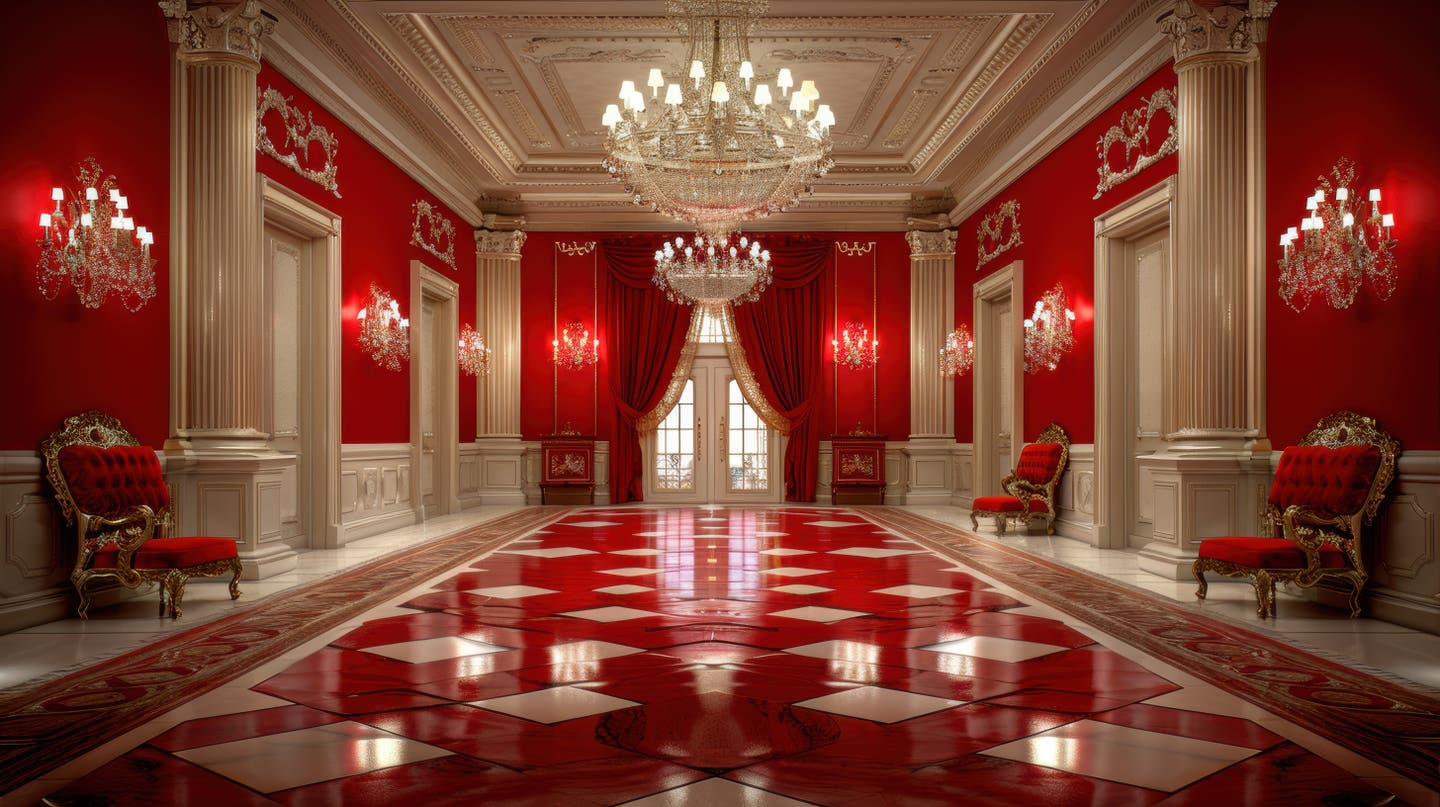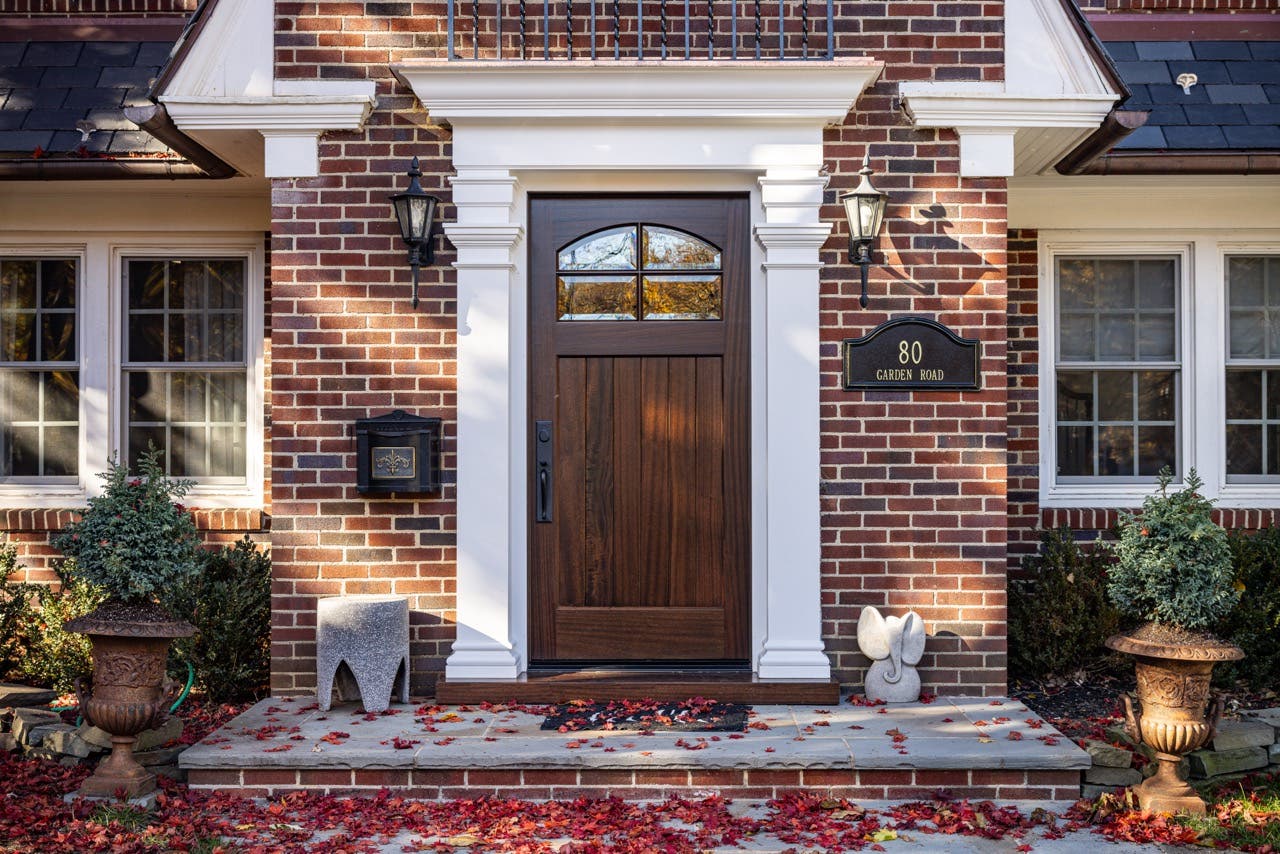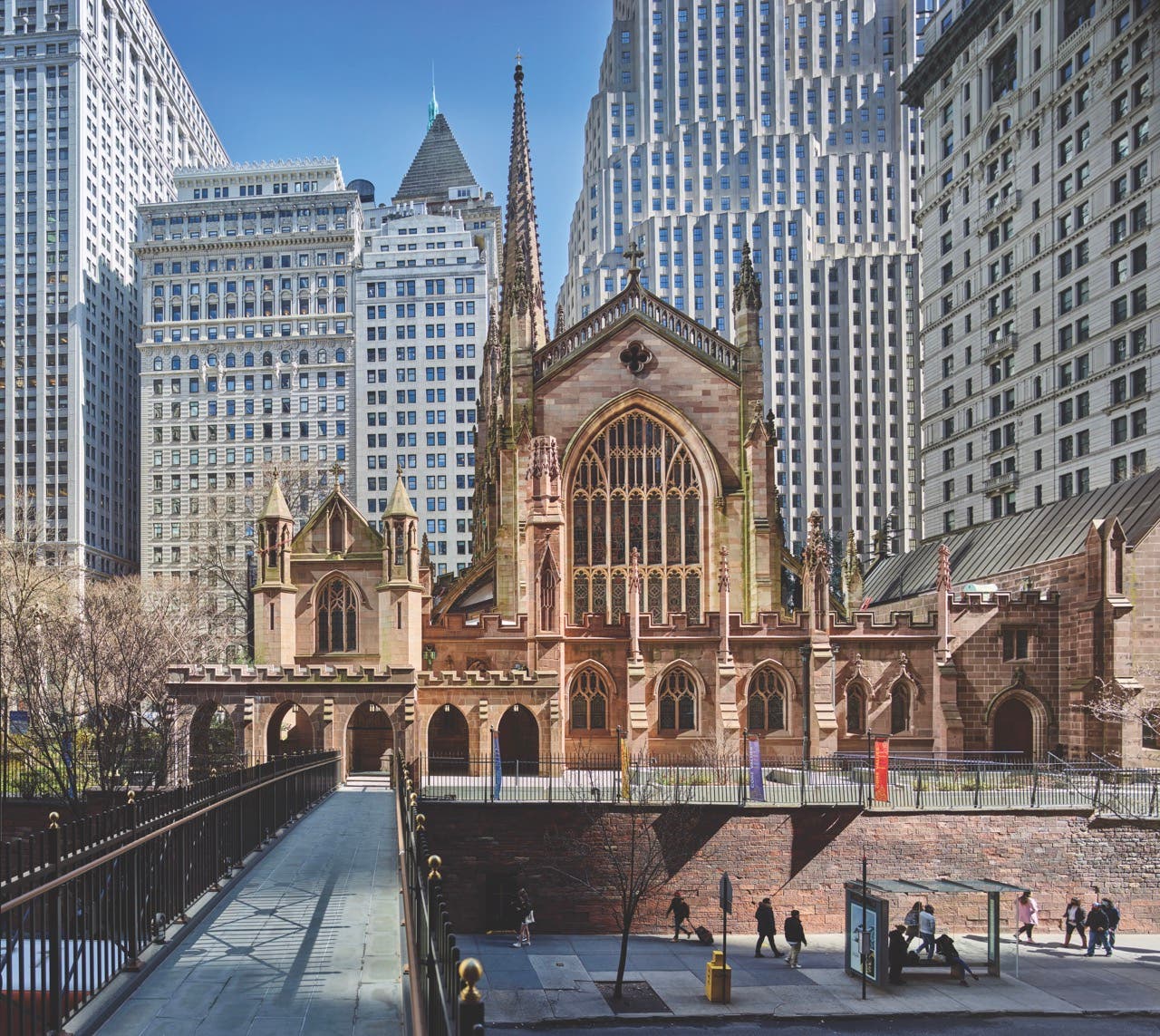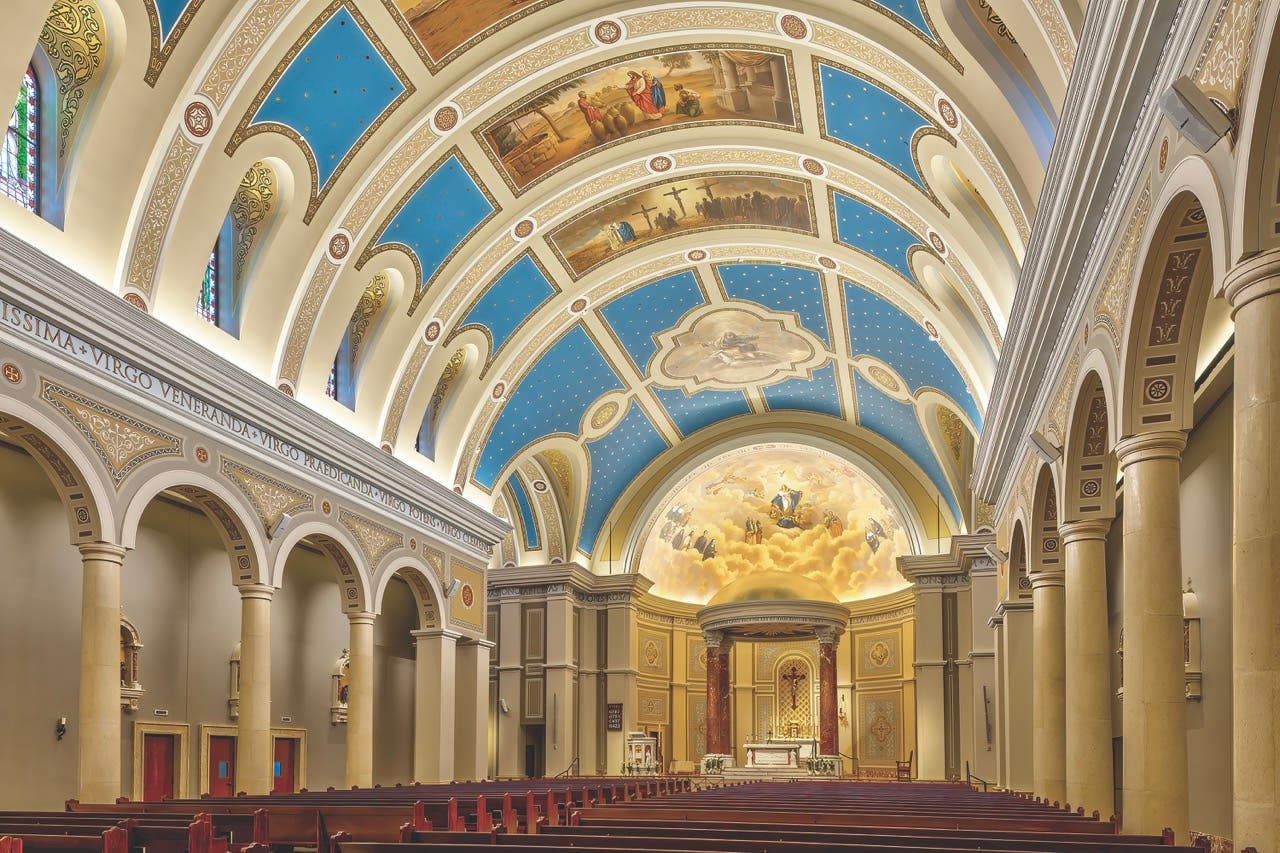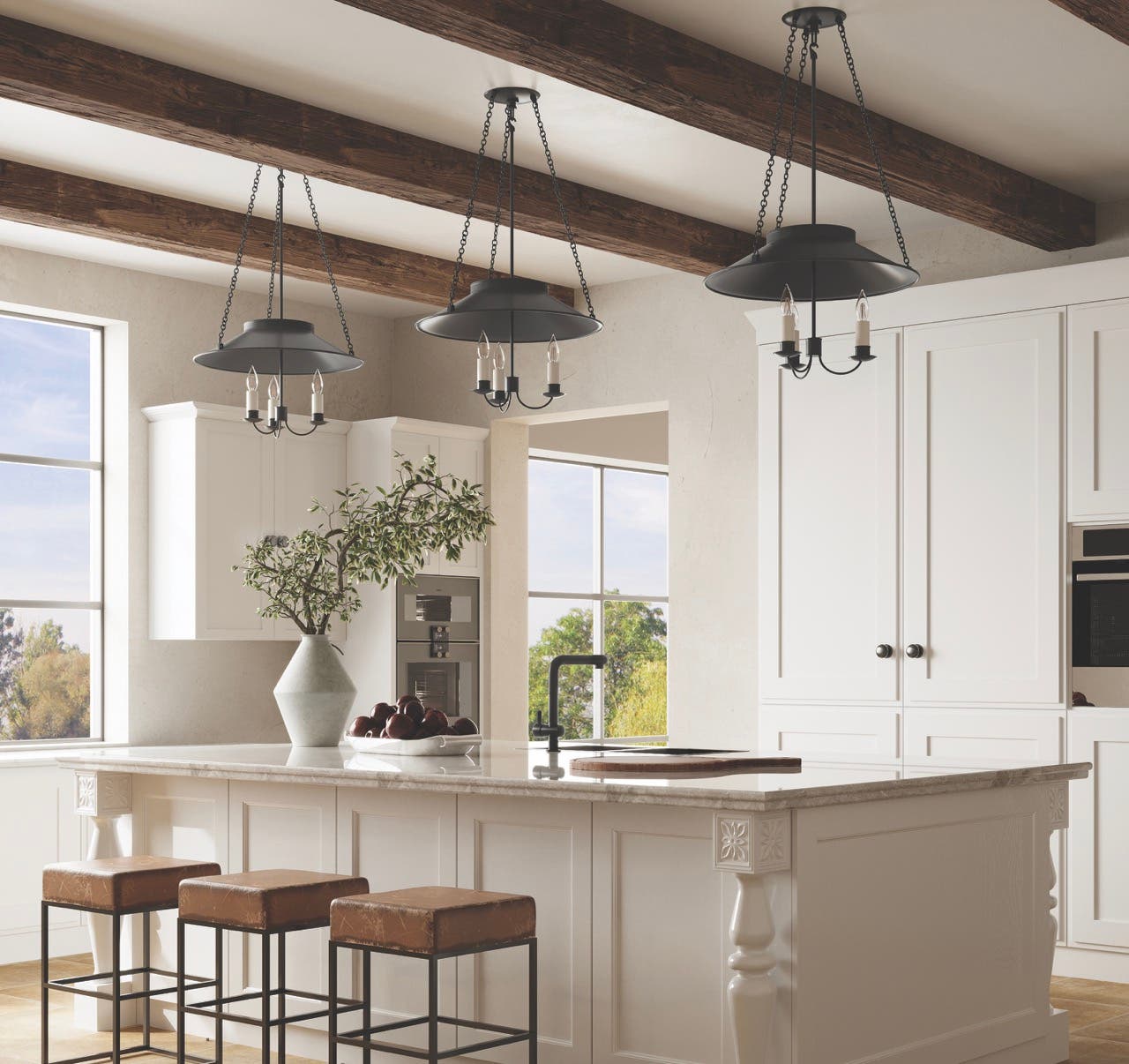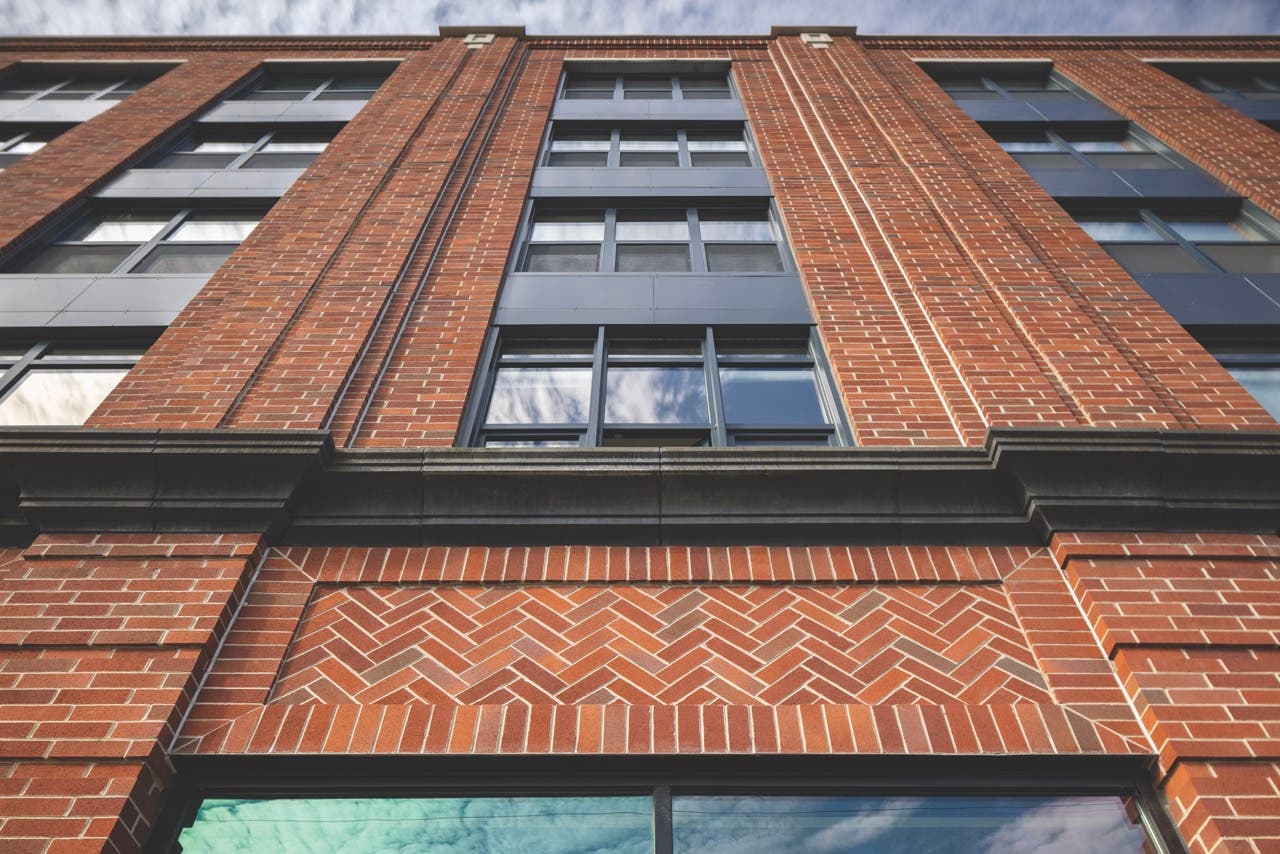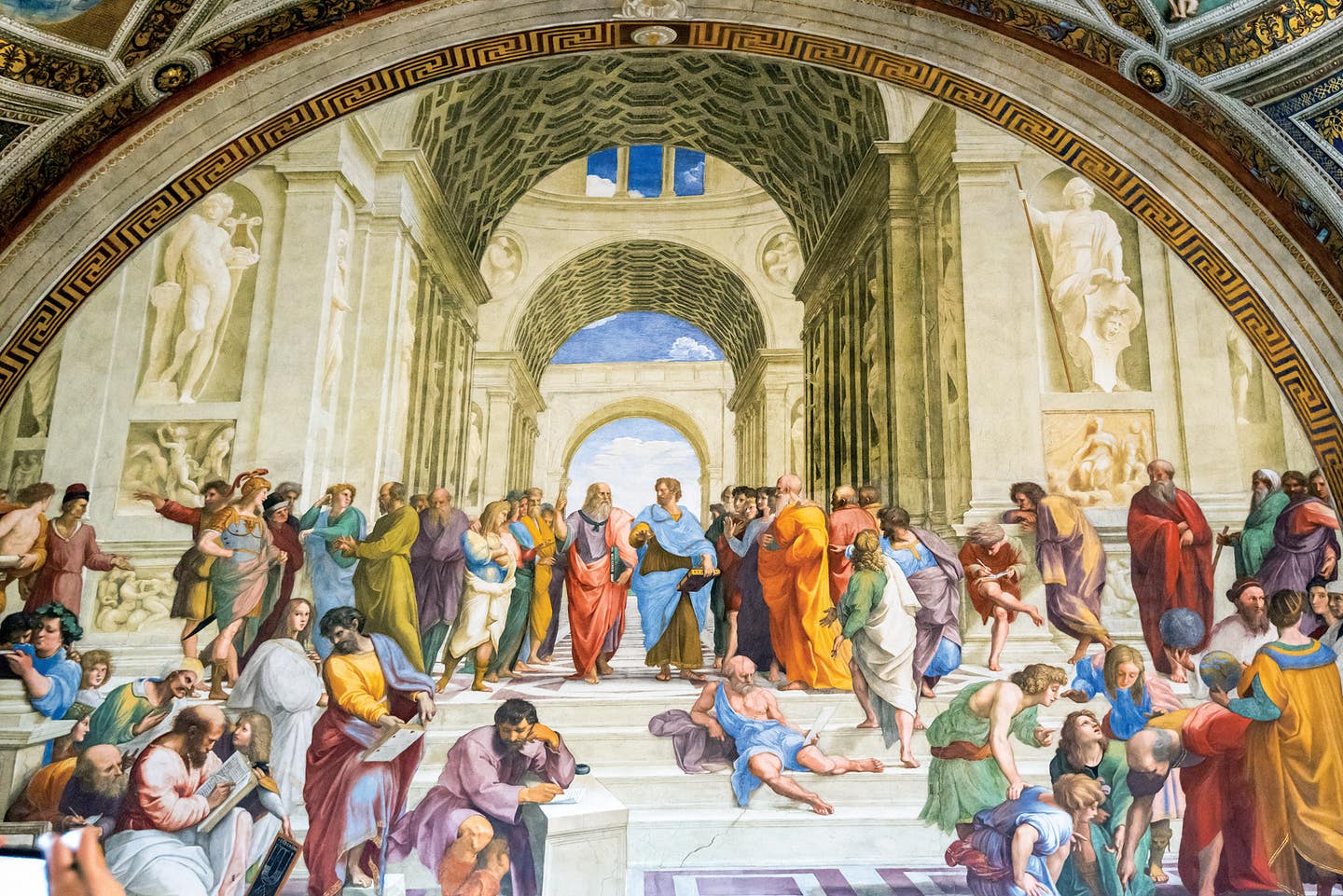
Product Reports
Frescoes
Five-hundred years after his death, Raffaello Sanzio da Urbino, the artist known as Raphael (1483-1520) is still celebrated as one of the finest artists ever to have worked in fresco. It seems only fitting that we examine the techniques of fresco with contemporary masters of the art form this year to honor Raphael’s work. We find ourselves in the middle of a world-wide pandemic in 2020. Documented deaths have surpassed 1 million; this year has become a good time to reflect on an art form that endures despite human mortality. Raphael was only 37 when he died, and in his short life, he made lasting contributions to the cultural patrimony of the world through artistic work he designed for the buildings in which he found himself at work.
D. Jeffrey Mims is founder and director of the Academy of Classical Design, a school of fine art with an emphasis on traditional mural painting and architectural decoration. The Academy serves as the educational branch of The Classical Design Foundation, a U.S.-based nonprofit that was established for the preservation and practice of classical design in the public realm.
Mims learned the technique from Ben Long, (benlongfineart.com), the widely acknowledged master of contemporary fresco, with whom Mims had studied in Italy. Long studied for nine years with the highly-regarded 20th-century Italian master of the art form, Pietro Annigoni (1910-1988). ) Readers can follow a trail of sites of Long’s American work at blueridgeheritage.com/destinations/blue-ridge-frescoes/.
Buon Fresco
Mims believes that buon fresco, or true fresco, is the truest form of the art because the rapid application of paint to wet plaster ensures the greatest durability. Fresco was an inexpensive medium by which durable art could be applied to walls and ceilings. Mims notes that in its best application, frescoes are designed with the building in mind, preferably from the project design inception. And David Mayernik agrees.
Mayernik is a practicing urban designer, architect, artist, and writer whose work has been exhibited and published internationally. He is a fellow of the American Academy in Rome and the Royal Society for the Encouragement of Arts, Manufactures and Commerce (RSA). His teaching focuses on design process, drawing, and the integration of history and theory. He created an online course on the edX platform The Meaning of Rome. He is an associate professor at the University of Notre Dame in the Department of Architecture. Notre Dame’s program places a strong emphasis on classical training.
Both men work to support the creative development of artists, architects, and artisans. Mims and Mayernik credit elements of Raphael’s work to the influence of his uncle, Bramante, the first architect of St. Peter’s, where the Raphael Rooms are revered to this very day. Mayernik notes that Raphael’s fresco, The School of Athens, demonstrates a sophisticated level of architectural detail and geometric precision, and that must have been brought about by the influence of Bramante on his young nephew.
Both Mims and Mayernik note that in antiquity and during the Renaissance, architects and artists were cross trained in methods and materials, bringing a depth of knowledge in architectural design, painting, sculpture, and mosaics to their projects.
A Traditional Process
When they work in fresco, both Mims and Mayernik follow the traditional process to make drawings or cartoons of the design and transfer them from paper to the wet plaster by means of pricking holes in the wet plaster and pushing pigment through the holes.
Mims notes that the materials are basic and organic: earthen pigments and water that are applied with natural bristle brushes. Mayernik added that today some man-made pigments are used, allowing for certain colors that are hard to find in nature, but by and large, fresco is an artistic method using natural materials. Mims mentioned that he has found exceptional sand in North Carolina that imparts a wonderful surface and color to plaster and fresco. Those who appreciate the art form note that Mims’ work often has a glow.
Both acknowledge the importance of a good working relationship with a plasterer. Ambient conditions such as humidity and temperature will have an impact on how fast the plaster dries, and the plasterer can help guide the artist in his work. Mims and Mayernik both emphasize how fast the actual painting process is—areas need to be completed typically in eight hours or less, and in rare instances, under 12 hours if humidity permits. If the artist runs out of time, dry, or fresco-secco, can be done to complete the work, but the risk is that the dry fresco is just not as long lasting because the paint, usually an egg tempera, is applied on the dry plaster not bonded to the wet as it is in buon fresco.
Mims works at the Academy of Classical Design and Mayernik at the University of Notre Dame and The American School to find ways to deepen understanding of the relationships between artists, architects, and artisans and the skills each bring to a work of art.
Mayernik, in roles as a professor in the architecture program at Notre Dame and as a practicing architect/artist, is keen to have other architects develop the skills to integrate art such as fresco into their designs. Mayernik says that most architects don’t have this training, and therefor, it is difficult for many to integrate the art form into their work particularly in the design phase when it is crucial to defining the relationship between the artwork and the building.
Frescoes & murals of the future
Mims encourages the creation of art like fresco and murals in new contemporary civic buildings from city halls to churches because it is an art form that can continue to teach and inspire. The very act of looking heavenward at frescoes on ceilings is a visceral experience of seeking and finding inspiration and other emotions and insights, whether in a sanctuary or a court room.
In conjunction with the 500th anniversary of Raphael’s death, Mayernik had planned a forum about the artist for April 2020 that had to be postponed due to the pandemic. It is hoped that the program will take place in Rome in 2021. Mims was to speak at this event as well.
The pandemic of 2020 has reminded us that life can be short and uncertain, but like generations before us, this pandemic will pass; we will continue to make art and architecture that endures and inspires us to build a better world.
Judy L. Hayward spends her days pursuing a passion for historic architecture and the ways in which it can be reused to sustain and grow healthy communities. She develops courses in partnership with builders, architects, traditional craftspeople and others to teach both historic preservation and traditional building skills. She has one foot in the nonprofit world as executive director of Historic Windsor and the Preservation Education Institute and the other foot in the world of media and information services as education director for the Traditional Building Conference Series and Online Education Program.


